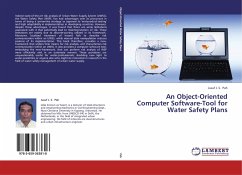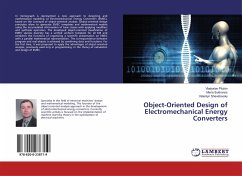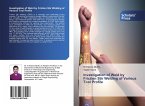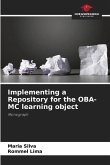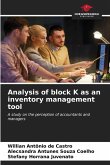Indeed state-of-the-art risk analysis of Urban Water Supply System (UWSS), the Water Safety Plan (WSP), has had advantages over its precursors in terms of being a 'preventive strategy' as opposed to 'end-product-testing' and high adaptability in implementation in developing countries. However, despite those advantages, it was found that there are some limitations associated with it that potentially lead to misinterpretation of risk. These limitations are mainly due to discrete-scoring utilized in its framework. Moreover, localized treatment of hazard fails to describe risk communication within an UWSS, while manual data manipulation reduces easiness of its implementation. This book therefore, provides a new-framework that utilizes finer means for risk analysis, and characterizes risk communication within an UWSS. It also provides a computer software-tool, embodying the new-framework, that can perform risk analysis of WSP more efficiently and in an automate manner. These provisions are unquestionably useful for water-professionals; shedding new light to water-academics or anyone else who might be interested in research in the field of water safety management of urban water supply.
Hinweis: Dieser Artikel kann nur an eine deutsche Lieferadresse ausgeliefert werden.
Hinweis: Dieser Artikel kann nur an eine deutsche Lieferadresse ausgeliefert werden.

